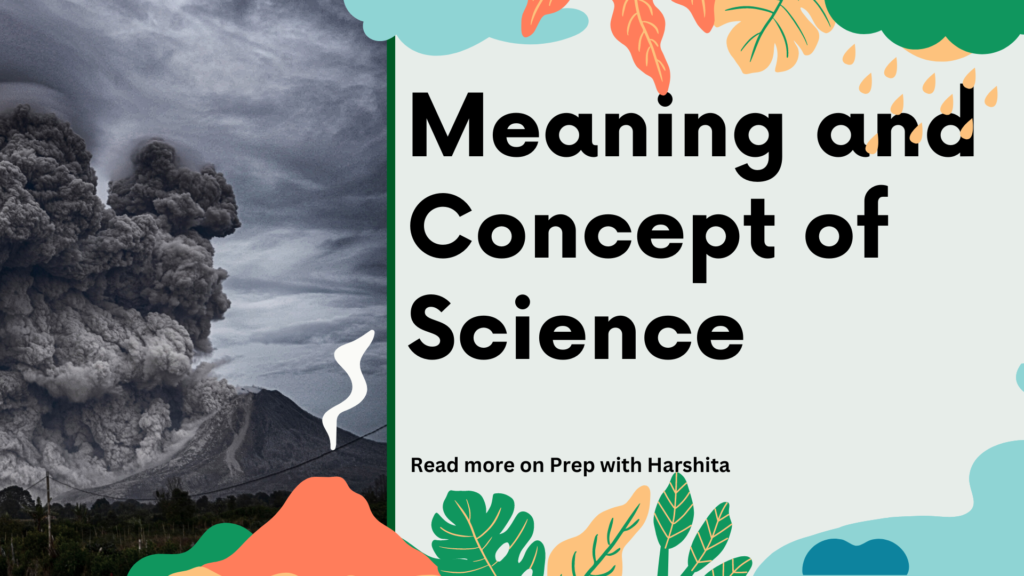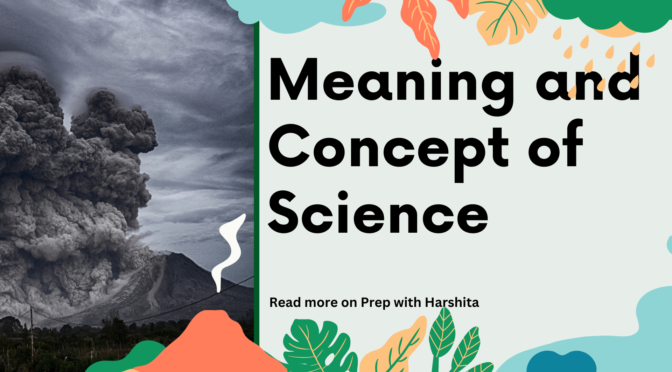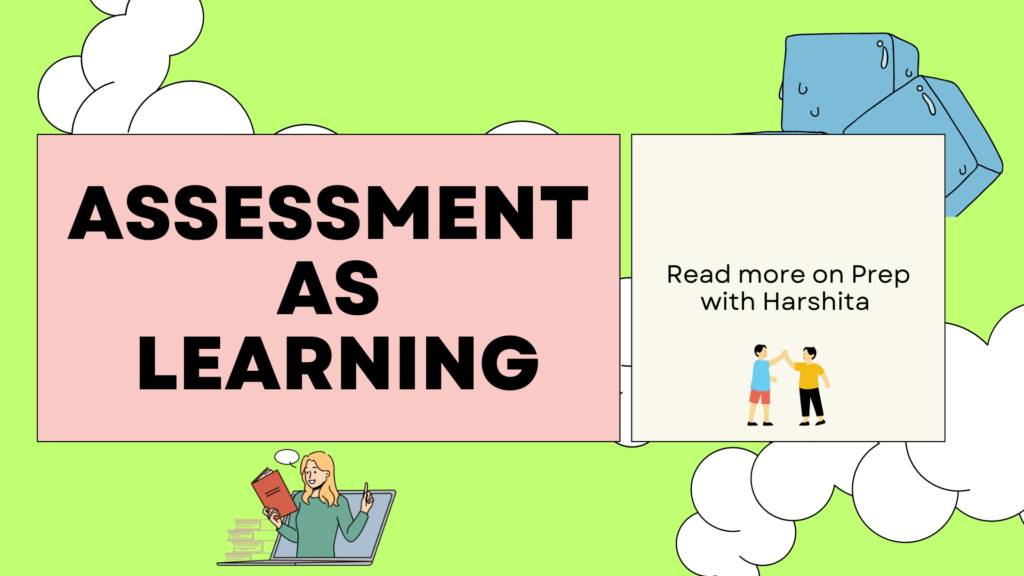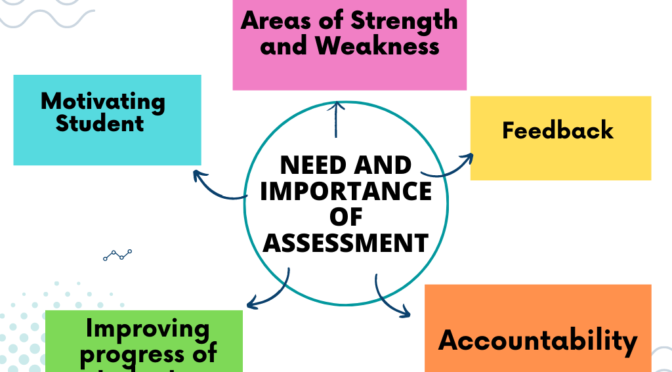Science is a systematic and organized approach to understanding the natural world through observation, experimentation, and analysis. Meaning and Concept of Science involves developing and testing theories and hypotheses about how the universe works, with the goal of increasing our understanding of the world around us.
Concept of Science:
- Science covers a wide range of disciplines, including biology, chemistry, physics, geology, astronomy, and many others, and provides a framework for investigating and explaining natural phenomena.
- The concept of science refers to the systematic and organized approach to understanding the natural world through observation, experimentation, and analysis.
- Science is concerned with developing and testing theories and hypotheses about how the universe works, with the goal of increasing our understanding of the world around us.
- At the heart of science is the scientific method, a systematic process that involves observation, hypothesis formation, experimentation, and analysis.
- Scientists make observations of natural phenomena and use these observations to formulate a hypothesis, which is a testable explanation for the observed phenomena. They then design and conduct experiments to test the hypothesis, collect data, and analyze the results. The results of the experiments are used to refine or reject the hypothesis, and the process is repeated until a theory or law is established.
- Science covers a wide range of disciplines, including biology, chemistry, physics, geology, astronomy, and many others. Each of these disciplines focuses on a specific aspect of the natural world, and together they provide a comprehensive understanding of the universe.
- Science is based on empirical evidence, which means that theories and hypotheses must be supported by data collected through observation and experimentation.
- Scientific theories and laws are not absolute truths, but rather explanations that have been repeatedly tested and found to be consistent with observations and experimental results.
- Science is also a self-correcting process. As new evidence emerges, theories and hypotheses may need to be revised or discarded. Scientists are constantly challenging existing theories and searching for new explanations to improve our understanding of the natural world.
Also Visit : Prep with Harshita

Also Read : Principle of Curriculum Development in Science Education









